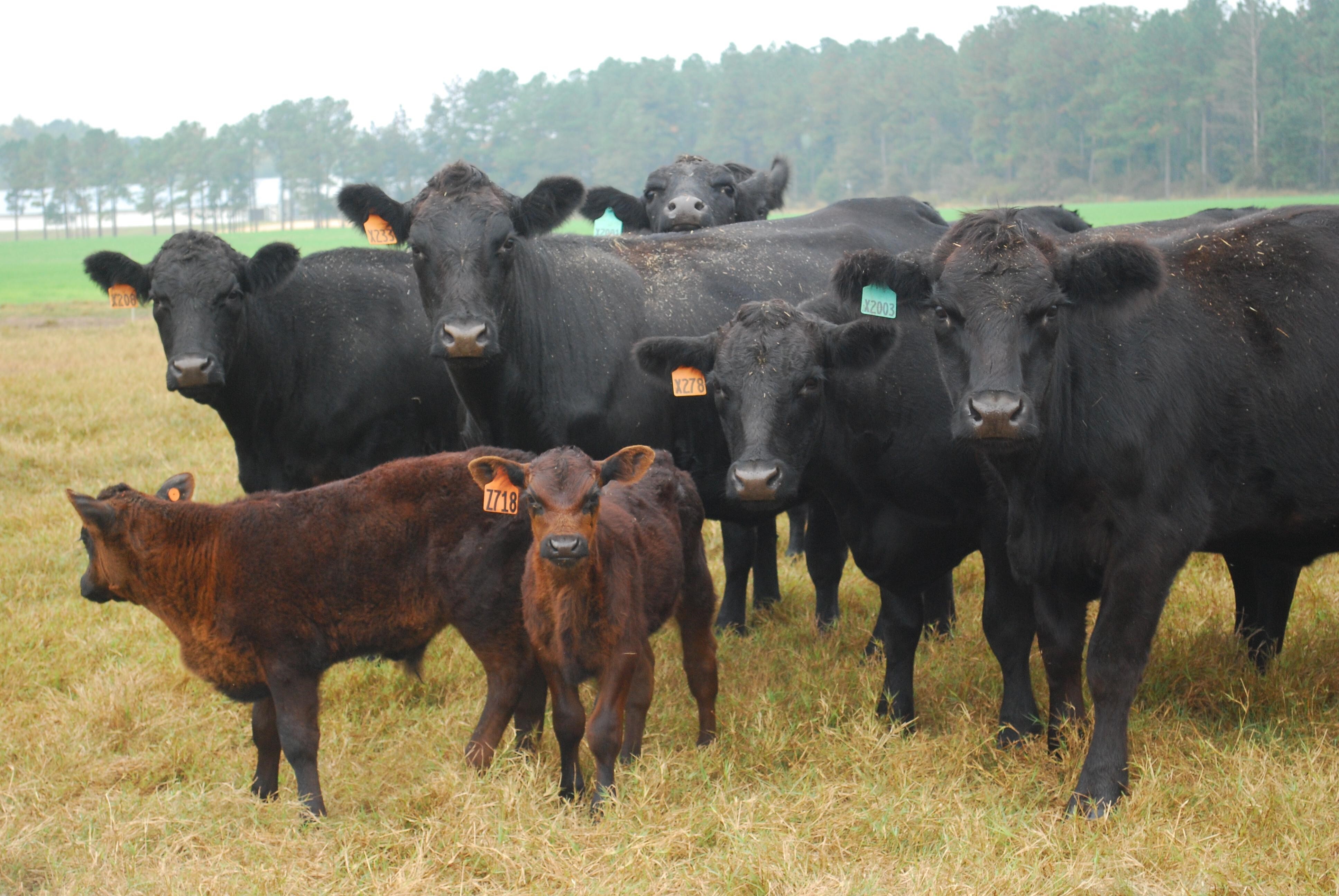Senators Amy Klobuchar, D-MN, and John Thune, R-SD, are in the final stages of releasing the Senate...
Crop vs. Livestock Sentiment: Perspectives from the Ag Economy Barometer

Producer Sentiment by Farm Type
Every month, respondents of the Ag Economy Barometer (AEB) survey are asked whether crop or livestock producers will have widespread good times or widespread bad times over the next five years. A separate question is used for crops and livestock. These two questions are addressed to all respondents. In the August 2025 survey, 24% of respondents indicated that crop producers will have widespread good times, and 67% of respondents indicated that livestock producers will have widespread good times.
The monthly survey also includes two questions related to livestock production. The first question asks producers whether their farms have beef, hog, or dairy operations. The second question is addressed to those who answer the first question affirmatively and asks survey respondents whether their livestock operation accounts for less than 25%, 25–50%, 50–75%, or more than 75% of their farm’s revenue.
They used the two livestock questions from the August 2025 survey to divide the monthly survey respondents into two groups. The first group derived less than 50% of their revenue from livestock production, and the second group derived more than 50% of their revenue from livestock production. Given the current relative financial strength of the livestock sector, we expect livestock farms to be more optimistic.
Producer sentiment in the August 2025 survey for all respondents and for crop and livestock farms is presented in Table 1. As noted above, the average AEB index was 125. The index for the livestock farms was 153, which was 43 percentage points higher than the index for crop farms. The difference in the Index of Current Conditions (ICC) for the two groups was much wider than the difference in the Index of Future Expectations (IFE). Producer sentiment for livestock farms can be used to help explain why the ICC index was higher than the IFE index for all the respondents.

The Farm Capital Investment index measures whether respondents think now is a good time or a bad time to make farm investments, including items such as machinery and buildings. An index below 100 indicates more respondents believe it is a bad time rather than a good time to make such investments. The Farm Capital Investment index was 56 for crop farms and a slightly more optimistic 70 for livestock farms in the August AEB survey.
The Financial Performance index measures whether a farm expects its financial performance to be better than, worse than, or about the same in the next 12 months. An index below 100 indicates that more farms expect their performance to be worse rather than better in the next 12 months. The average index for August was 91. The average indices for crop farms were just 47, while livestock farms with a reading of 114 were more optimistic.
Another monthly AEB question asks respondents to identify their biggest concerns for their farm using the following response choices: lower crop and/or livestock prices, high input costs, environmental policy, farm policy, interest rates, and availability of inputs. High input costs were the biggest concern for crop and livestock farms.
In August, survey respondents were also asked the following question: Would you say that things in the U.S. today are generally headed in the right direction or on the wrong track? In aggregate, 69% of the respondents indicated that policy is on the right track. Though relatively high for crop and livestock farms, a higher percentage of livestock farms indicated policy is on the right track.
Given the large difference in prices received and projected net return prospects, it is not surprising to find a large difference in producer sentiment between crop and livestock producers in the August 2025 Ag Economy Barometer survey. In addition to differences in producer sentiment, larger percentages of crop producers expected to have larger operating loans in 2026, listed unpaid operator debt from the prior year as a reason for those larger loans, and were financially stressed.
The contrast in sentiment between crop and livestock producers reflects the broader realities playing out in the U.S. agricultural markets. Livestock producers, especially in the beef sector, are riding a wave of historically high prices and profitability — fueled by tight domestic supplies, a disease-related prohibition on imports from Mexico, and import tariffs that have created favorable conditions for domestic producers. Meanwhile, the grain sector is under pressure from a combination of inflated production costs and crop price weakness.
Crop vs. Livestock Sentiment: Perspectives from the Ag Economy Barometer was originally published by Farmdoc.
EDITOR’S TAKE:
The sentiment and survey results expressed in this article are consistent with what we have been portraying over the past several months. We are experiencing a bifurcated ag economy, where there are vastly different opinions between livestock and crop producers. So, the question becomes, how can you best put this information to work in your dealership. For one thing, ask the customer if they are a farmer or rancher. If they are, dig a little deeper by asking if they primarily raise crops or livestock. Once you have that information in hand you can sharpen your approach. With livestock producers place more emphasis on the tax advantages or purchasing that new truck and being able to write it off in the year purchased. Also, be sure to mention programs like CAD Protect to keep their warranty even when using their truck in a farm/ranch operation.
For the crop producer, it is important to focus more on special financing arrangements like CADFI, where payments can be tailored to their specific cash flow. Also, remember to emphasize AgPack® where they can realize tremendous savings in operating costs by utilizing the exclusive rebates and discounts that can provide up to nearly $50,000 in immediate ROI.







